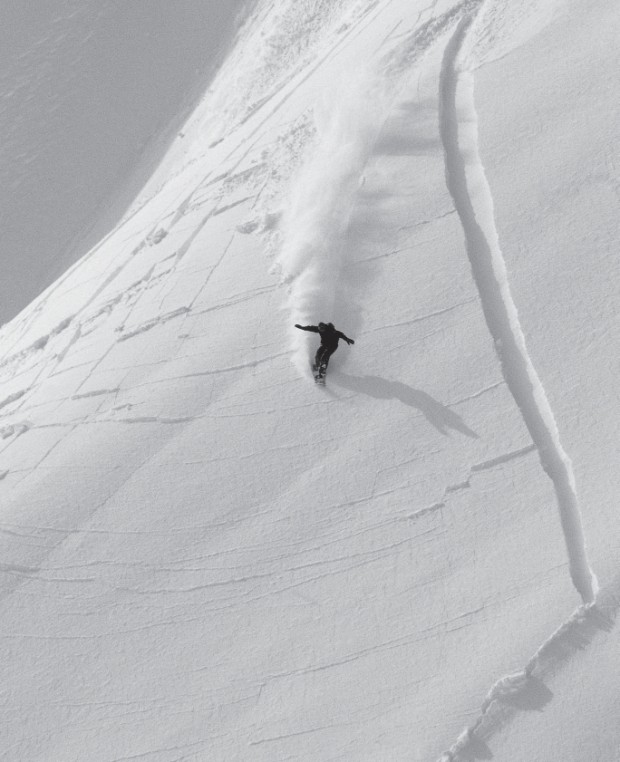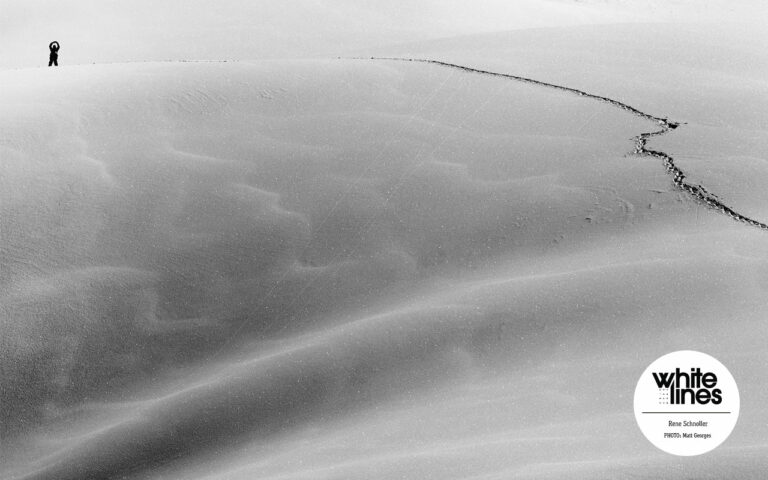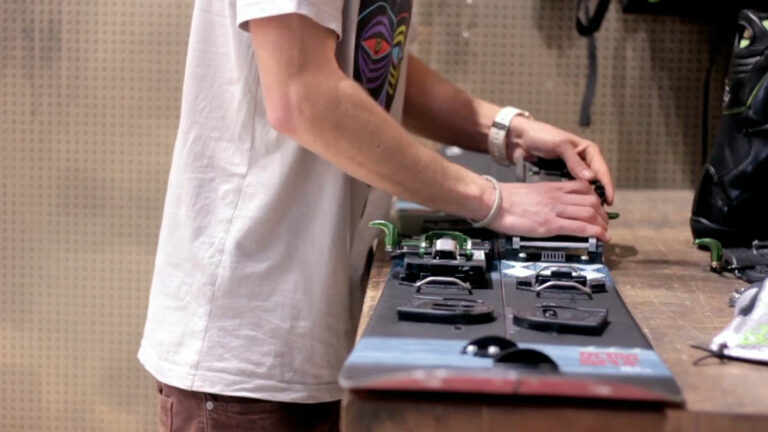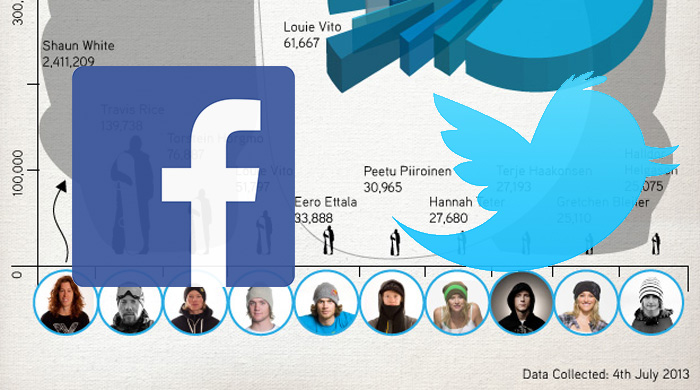
You’re standing at the top of the run, watching your mate kick up some big powder roosters and getting ready to drop in yourself, when suddenly there’s aloud crack and the slope below ripples and starts to slide. In seconds the whole face is on the move; a large slab accelerates downwards with incredible speed, breaking up as it slides. The snow races over the terrain features, tumbling and churning like a river. Powder fills the air and suddenly your mate is gone, lost from view in the turmoil below…
Avalanche! So what happens now?
If you are unfortunate enough to be caught in an avalanche there are no strict rules of engagement.You shout for attention, you swim, you fight to stay on the top and you try with all your might to get to the side, out-run the thing, dig into the slope beneath or just do whatever you can. Getting yourself out as quickly as possible is by far your best chance of survival.
If all of this fails, your next best chance of survival is your mates being properly equipped with transceivers, shovels and probes, and efficient and well-organized in their search and rescue technique.
If you are unfortunate enough to witness someone caught in an avalanche, here are some useful rules of engagement:
1. Keep an eye on the victim and note a ‘last seen’ point–This is where your search will begin. Do not lose sight of this point as it can rapidly speed up the search process.
2. Immediately assess the area for further risk of avalanche– Are there any other slopes that threaten the area? Move out of further danger.
3. Take note of the time!– The search and rescue timer has started ticking: you have a maximum of 15minutes left to find and evacuate the victim before the odds of survival drop dramatically.
4. Organize your equipment– Transceiver out and on search mode, probe at the ready, and shovel in your pack. If there are other members in your team, organize yourselves into searchers and diggers. The searchers begin to look for the victim, whilst the diggers prepare probes and shovels. Turn mobile phones off or give them to someone not involved in the immediate search.
5. Begin the transceiver search and locate a signal!– Access the last-seen point by the slope that has already slid so as not to trigger any further snow slides. If there is more than one person searching, divide the search area accordingly. Shout when you locate a strong signal and mark the spot for reference.
6. Follow the search procedure designated to your model of transceiver – Move swiftly and effectively, following a systematic search procedure that should be second nature from practice. Keep your board on until it is no longer effective and then proceed on foot. If you are not alone, call in one of the diggers ready with shovel and probe.
7. Perform the final location ‘cross search’ – Drop to the surface of the snow for a more accurate reading. Eliminate areas and mark the final location. Start to talk to the victim!
8. Probe in a systematic pattern – Spiral outwards from the location mark or probe in a grid pattern across the cross search area. When you locate the victim, leave the probe in place!
9. Start digging – Dig up towards the victim from below, throwing the snow debris down the slope. Keep talking to them.
10. Uncover the victim and check ABC’s– Check their ‘Airway’ (mouth and throat) for blockages such as snow or even the victim’s own tongue. Check ‘Breathing’ and ‘Circulation’ and if necessary perform first aid to re-animate and stabilize the victim. Only ever move them if it is absolutely necessary, and be sure to insulate them from the cold.
11. Now call for help!– Inform the rescue services of your exact location. Give them a history and timing of the events, the number of casualties and your assessment of their medical condition. If for any reason you need to send out for help, send two confident group members with all the relevant information.
All avalanche scenarios are different and you would obviously have adapt the above procedure to suit different situations – such as searching alone or with a group, and searching for single, multiple or unknown burials.
The mountains don’t differentiate between the experienced and the non-experienced and avalanches can happen to anyone. Avoiding avalanches is obviously by far the best approach, so assess the conditions and calculate the risks before you drop in, and be responsible for your own actions. Respect the mountain!
Neil McNab is one of Britain’s most experienced freeriders. As a UIAGM High Mountain Guide, and an ISIA International Ski and Snowboard Teacher, he is also one of the only snowboarders in the world fully qualified to teach and guide in the backcountry. Neil lives in Chamonix, France, where he runs McNab Snowboarding – an independent company specialising in ‘The Fine Art of Riding Mountains’ since 1995.
Read more vital information on Avalanche Safety:
Avalanches: 5 Survival Tips You Should Know About
How to Read an Avalanche Forecast
Snowboard Safety: Slab Avalanche
How to Ride Powder Safely With Friends – 10 Tips from a Mountain Guide





